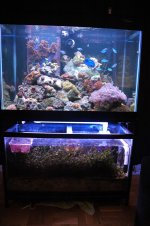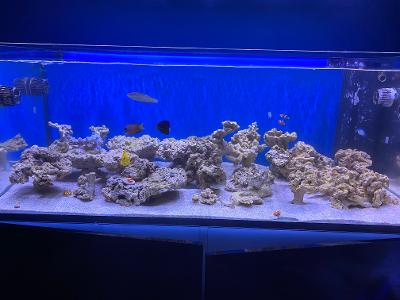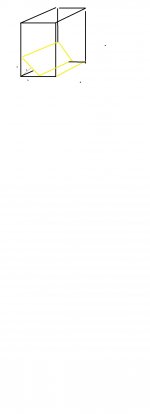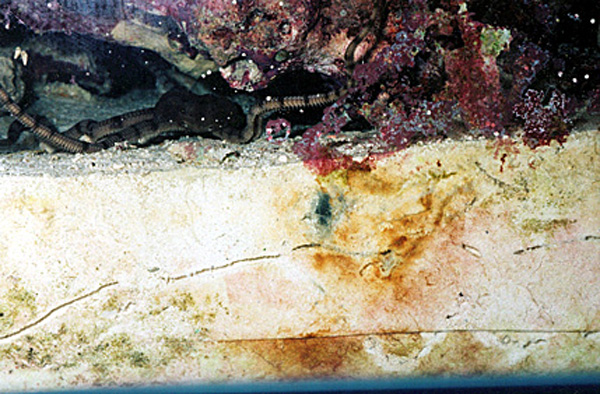If you were wanting to keep the sand and go with denitrification, what you could do is to place a barrier of some sort, a rock or a plastic wall, that would then be able to hold 6" of sand bed towards the back of the tank. Land scape it a bit, slope the terrain. then do a massive water change to remove all the gunk (nutrient release) you dig up from the front.
Note: from a purely engineering point of view, if you were to place a tall juice glass into your tank, and filled that up with 6" of sand, it would technically function. The DSB is really an artificial live rock, just more porous. (If you were to cut a live rock in half, it would be as if you dug a hole into claying/muddy beach at low tide. The outer layer would be oxygen rich, then you'll reach a black line/zone where it becomes anoxic, below which is where denitrification should occur. (This is where the sulfur smell would be, if there is no oxygen. With a DSB and plenum, the oxygen level almost drops to zero, but due to diffusion gradient, not quite zero, so sulfur doesn't replace the oxygen and there is no smell. If sulfur is used, that would be a poisonous gas, and turn your system into a swamp, yikes.)









